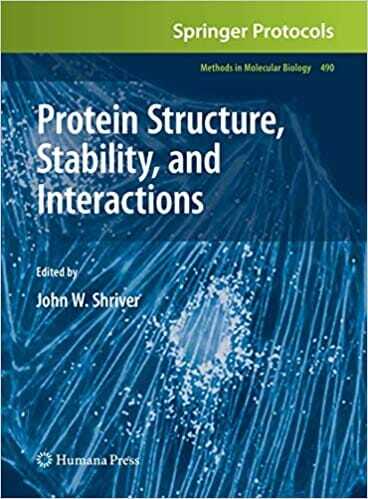
By John W. Shriver
Protein Structure, Stability, and Interactions PDF. In the areas of biochemistry and cell biology, characterizations of stability and molecular interactions call for a quantitative approach with a level of precision that matches the fine tuning of these interactions in a living cell. Supporting and up-dating previous Methods in Molecular Biology™ volumes, Protein Structure, Stability, and Interactions approaches its subject with a focus on theory and practical applications for both established methods as well as exciting new procedures. The volume presents an overview of many techniques currently used to study protein stability and interactions, including scanning and titration calorimetry, spectroscopic methods, high field NMR, and analytical ultracentrifugation. As a volume of the highly successful Methods in Molecular Biology™ series, this work provides the kind of detailed description and implementation advice that is crucial for getting optimal results.
Cutting-edge and easy to reference, Protein Structure, Stability, and Interactions is an ideal guide for all scientists interested in biomolecular interactions.
| File Size | 5 MB |
| File Format | |
| Download link | Free Download | Become a Premium, Lifetime Deal |
| Support & Updates | Contact Us | Broken Link |
| Join Our Telegram Channel |  |

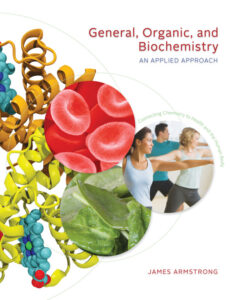
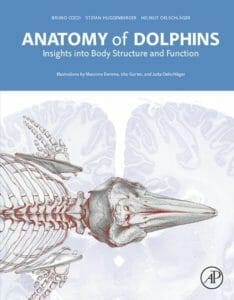

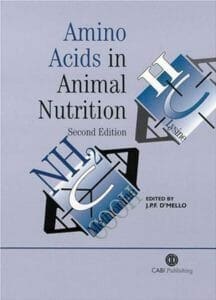
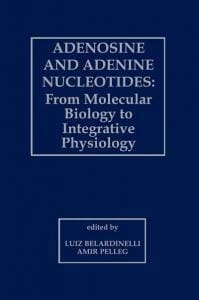

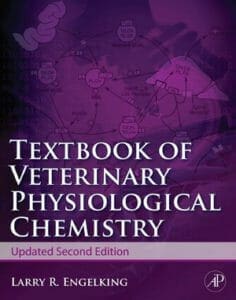
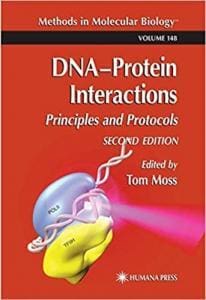




![Ettinger’s Textbook of Veterinary Internal Medicine 9th Edition [PDF+Videos] Ettinger’s Textbook of Veterinary Internal Medicine 9th Edition [True PDF+Videos]](https://www.vet-ebooks.com/wp-content/uploads/2024/10/ettingers-textbook-of-veterinary-internal-medicine-9th-edition-100x70.jpg)

![Textbook of Veterinary Diagnostic Radiology 8th Edition [PDF+Videos+Quizzes] Thrall’s Textbook of Veterinary Diagnostic Radiology, 8th edition PDF](https://www.vet-ebooks.com/wp-content/uploads/2019/09/textbook-of-veterinary-diagnostic-radiology-8th-edition-100x70.jpg)






